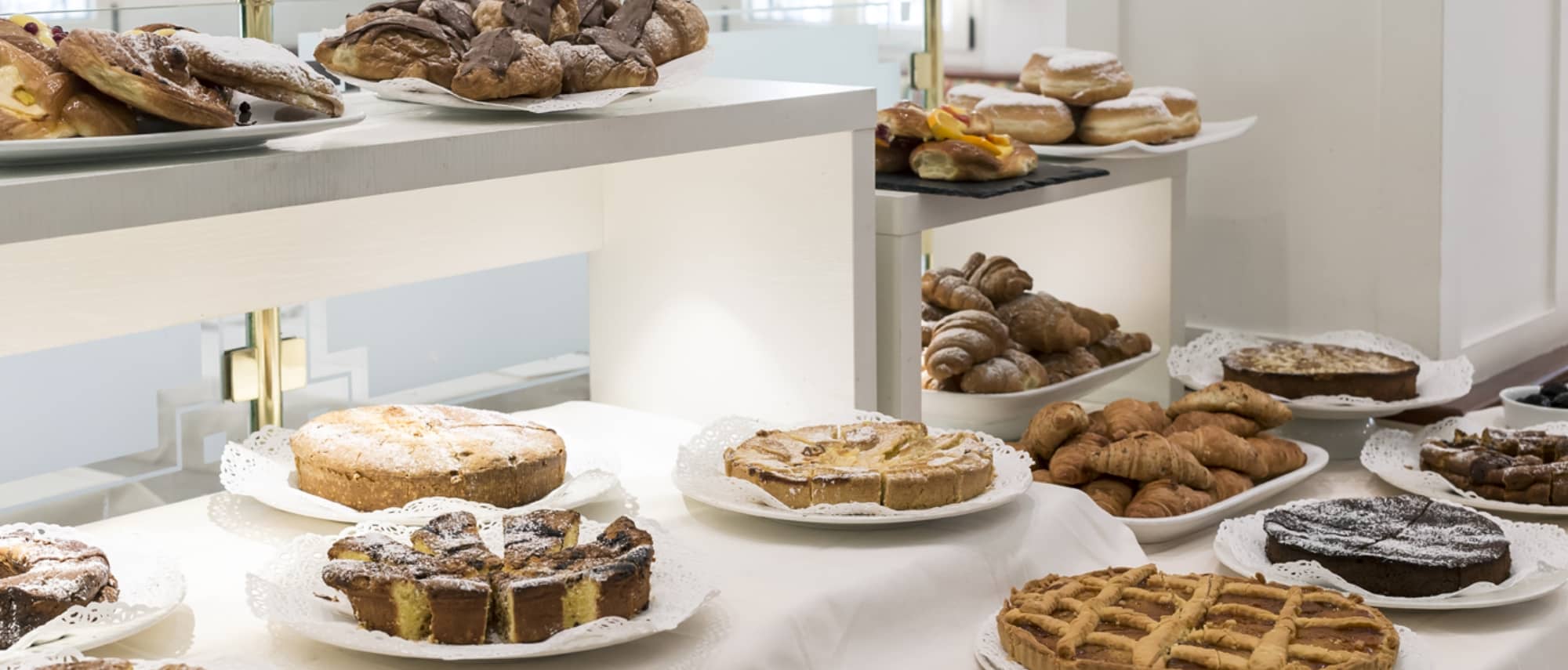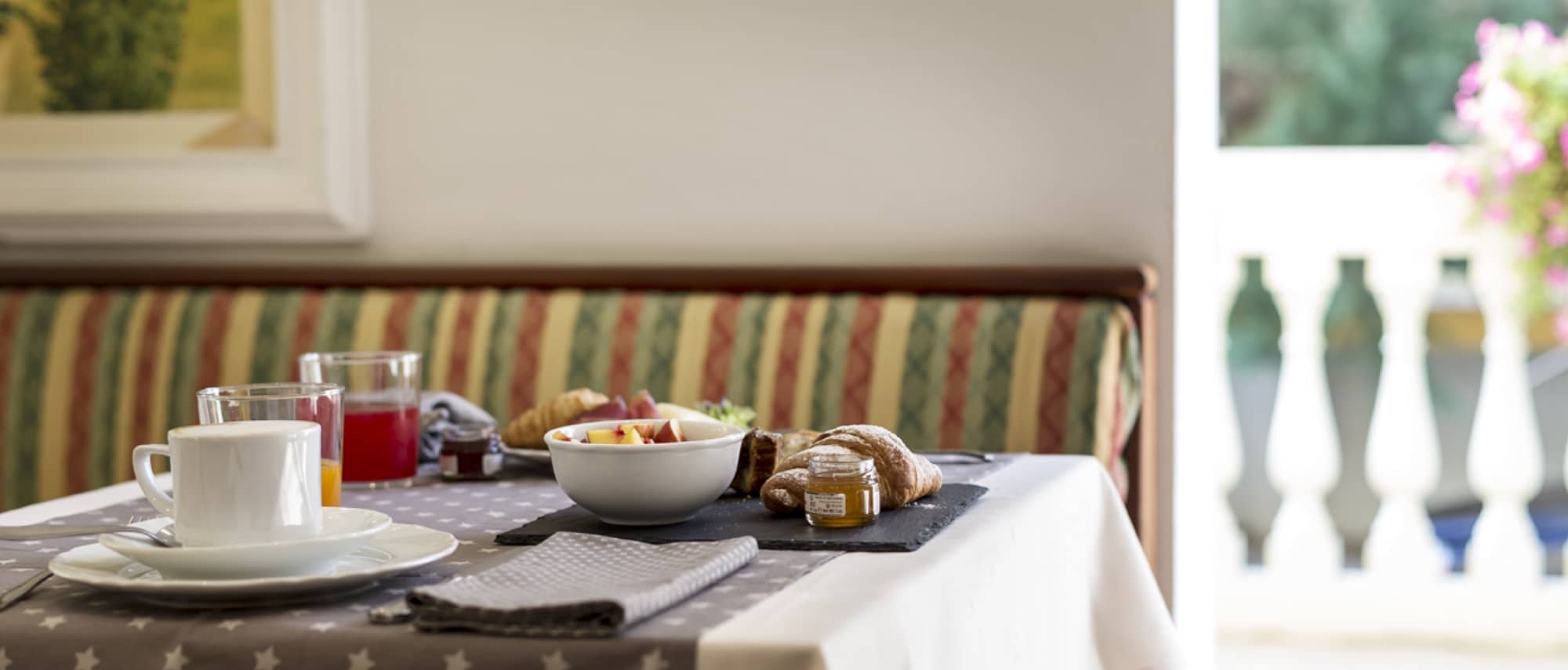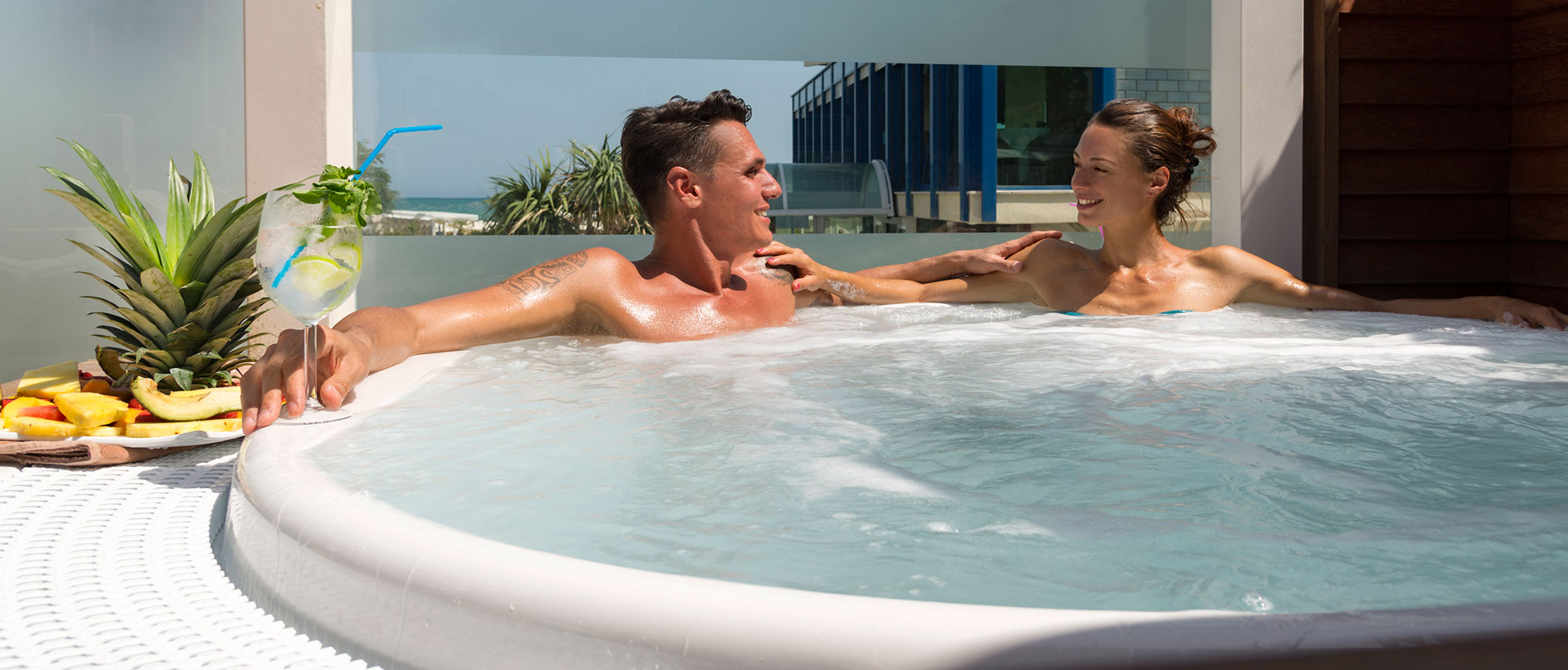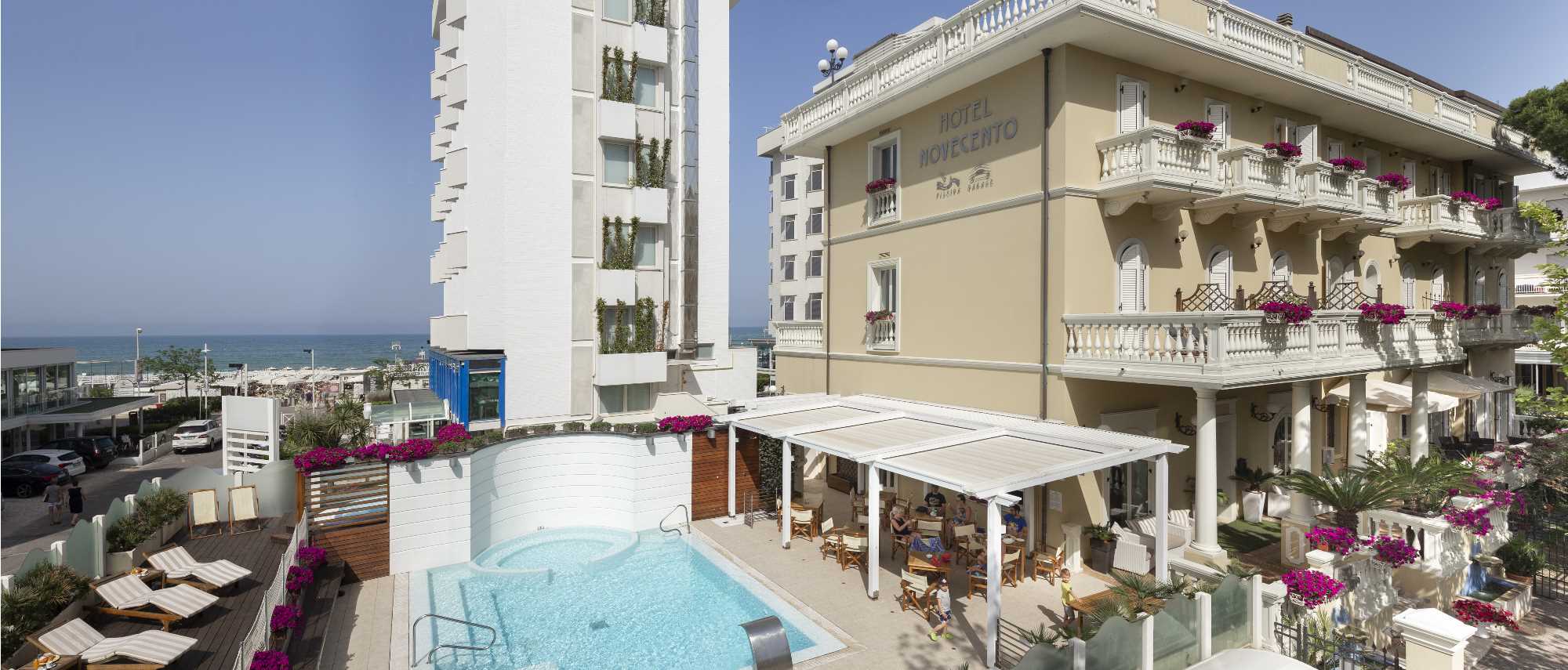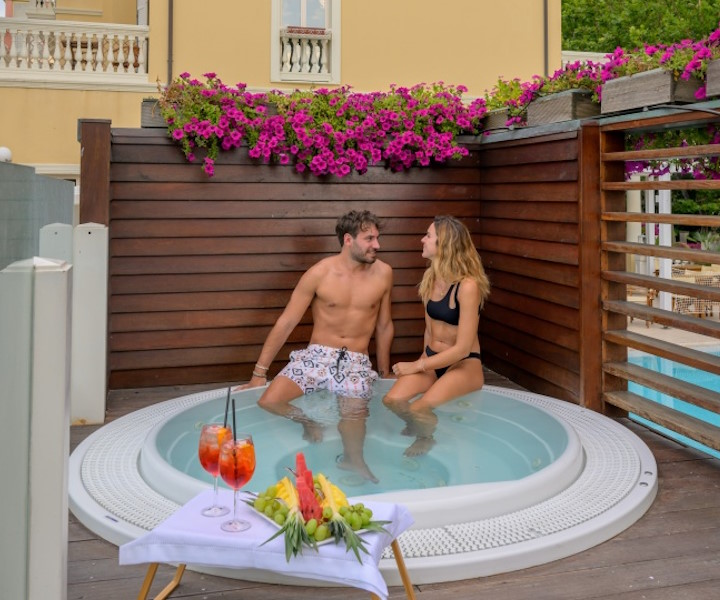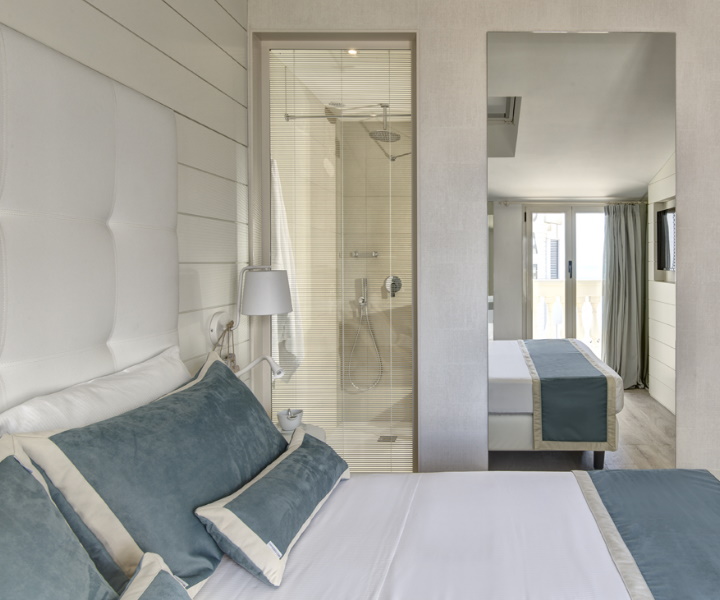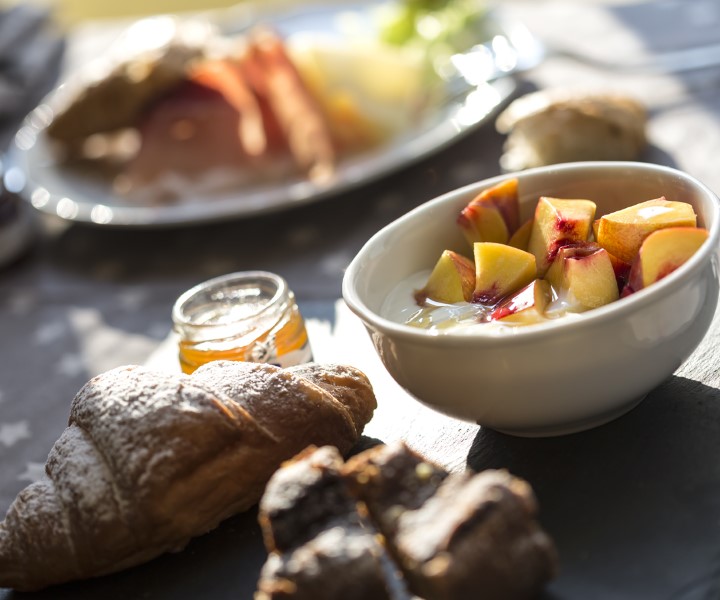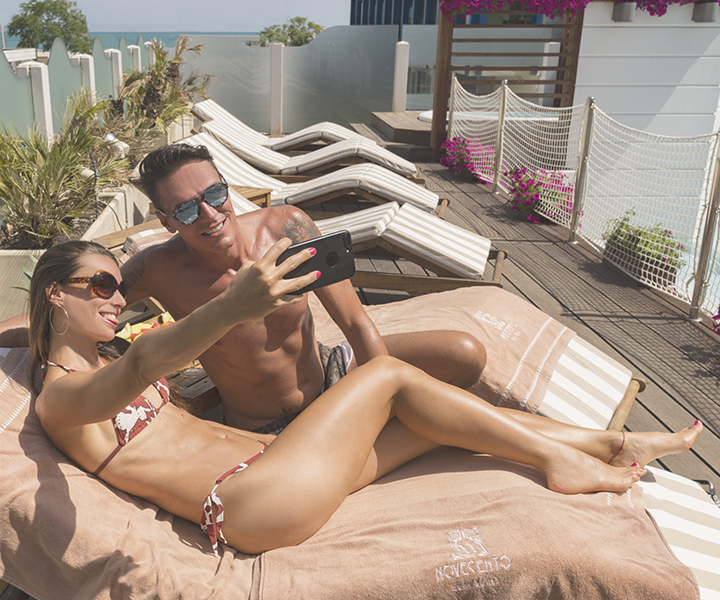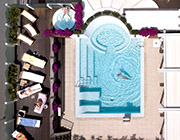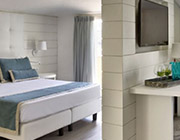From the origins to the present day
Hotel Novecento, with its many lives, is like a phoenix: built in 1927 on the ruins of the old Igea Praga hotel, which was destroyed by an earthquake, it grew in the 20 years before the Second World War. During the conflict, it was a prison for officers who had been arrested and a refuge for many exiles. It suffered damage from bombing and unexploded bombs, but it was also the scene of happy events, such as the birth of children.
The ancestor of Hotel Novecento was Hotel Igea Praga or “Praga al Mare” (Prague by the sea): a holiday home for Prague aristocrats, who were among the first tourists in Riccione, while what used to be the Igea Praga is now a private villa near Viale Dante.
The origin of the name “Igea Praga” recalls the goddess of health, who protects mankind from all sorts of dangers, but it also reminds us that this house was initially built to bring Czechoslovakian aristocrats on holiday to the Romagna Coast well before the Second World War.
Its first owner was an aunt of Sykir Zideneck, a Czechoslovak woman who, during the conflict, is said to have run the hotel armed with a gun. After her death, the property went to her nephews, two brothers who during the Cold War, used to take it in turns to come to Riccione to take care of the hotel. It is said that one of the brothers was held hostage for fear that the other would not return home.
Hotel Igea Praga was one of the first 12 hotels to be built in Riccione. It was constructed with anti-seismic systems that were new at the time: concrete pillars reinforced by cast iron with a 20mm section, which, to this day, after 80 years or more, is still as shiny as silver.
The Arrigoni family brought this elegant comfortable hotel back to life when they bought it in 1993, despite the seaweed that infested the Adriatic coast, armed with the renowned Romagna spirit, and helped by subsidies from the Province. They could see something wonderful to create out of the decaying building. Renovation soon began and was entrusted to Fabio Berni, an architect and engineer from Riccione.
The interior was designed by architect Vedran Petrovic Poljak, who has a particular interest in the study of the Italian Art Nouveau style, and who has built hotels and private homes both in Italy and in Montenegro.
In the hotel lobby there is a sketch of the interior signed by him. The renovation project began with the idea of blending the architectural beauty of the period with modernity and care for the environment.
Thus, during the work, the original storeys, which were over four metres high, were reduced in height to save energy, while the shape of the windows, the hand-forged railings, the balconies, and the two columns at the entrance to the restaurant were not altered. Over 1,170 small columns were built. The original baroque balustrades were replaced by Tuscan columns, which are less fragile and have a softer line.
Today, this is a magical and comfortable building that is packed with history; a place created by the commitment and passion of a family who very much wanted to bring the splendour of the past back to life, translating it into an extraordinary example of modernity.



